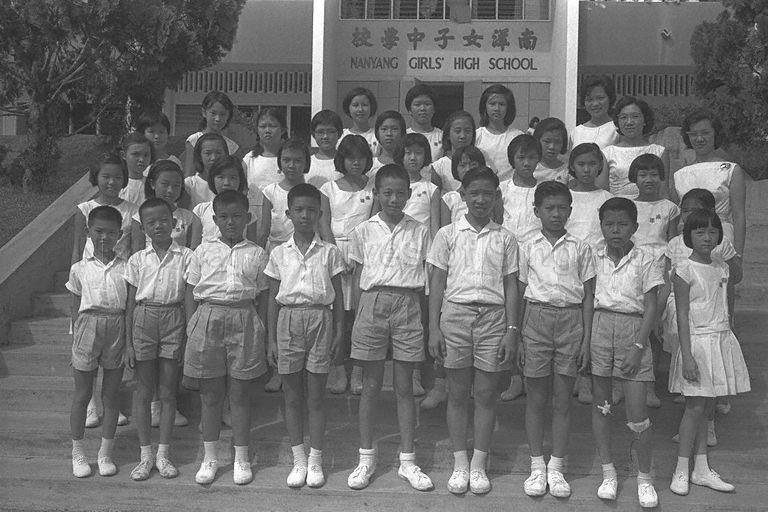EBRC still deliberating; Report will be made public when ready, says Chan Chun Sing - The Online Citizen
The Electoral Boundaries Review Committee (EBRC) is still deliberating, said Trade and Industry Minister Chan Chun Sing in Parliament on Monday (6 Jan).
Responding on behalf of the Prime Minister to a question by Worker’s Party chief Pritam Singh, Mr Chan added that the EBRC report will be presented to parliament and released to the public once the committee has completed its work.
In September, the
Elections Department (ED) announced that the EBRC had been convened by the PM on 1 August and is “in the midst of deliberations”. The report, once released, will detail the electoral boundaries for the upcoming general elections and is generally a sign that elections are close.
The committee is charged with looking into population changes in various wards and recommending changes to existing group representation constituencies (GRC) and single-member constituencies (SMC).
In its statement in September, the ED noted that the committee has been directed by the PM to also look at further reducing the average size of the current 16 GRCs and increase the total number of SMCs from the current 13.
That’s in line with what
Prime Minister Lee Hsien Loong said in Parliament back in 2016 about how the next general election will see smaller GRCs and more SMCs. He said at the time, that the GRC system introduced in 1988 is good and should be maintained, but emphasised that a right balance should be struck between big and small GRCs and between the number of GRCs and SMCs.
PM Lee added that smaller GRCs would foster a closer connection between residents and their Members of Parliaments (MP) while SMCs give MPs a more direct responsibility for what happens in their constituency.
Though there’s no set timeline for when the report has to be released, historically, the time between the formation of the EBRC to the date of the report being released ranges from two to four months. And the time between the report being released—basically when the updated boundaries are announced—to the actual date of elections is about two months.
One concern about this timeline is that it gives opposition parties little time to walk the ground because they can only be sure about where they’re contesting once the boundaries are announced. And we know there’s usually only about two months from the time the report is released to the time elections are held.
One example is the Joo Chiat SMC which was absorbed into the Marina Parade GRC. This change was announced just a month before Parliament was dissolved, leaving the contesting opposition party with little time to react.
Political observers have pointed out that this is one way the ruling party has maintained its overwhelming advantage over the opposition—by ensuring that they, the opposition, cannot commit to a single ward because of the potential changes from redrawing of the electoral boundaries.
The country’s next general elections have to be held by April 2021.
Share this:



